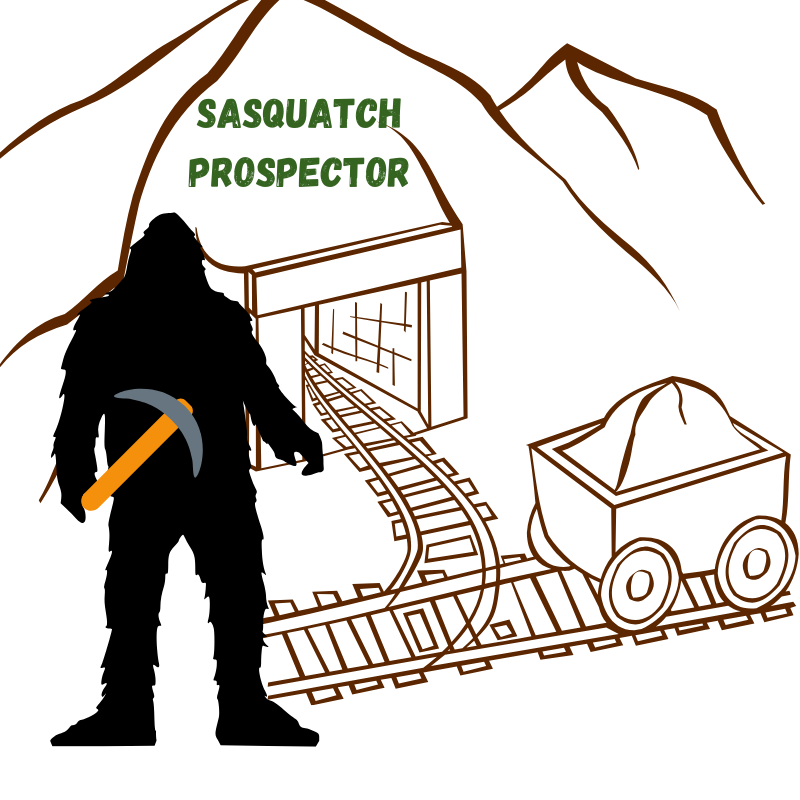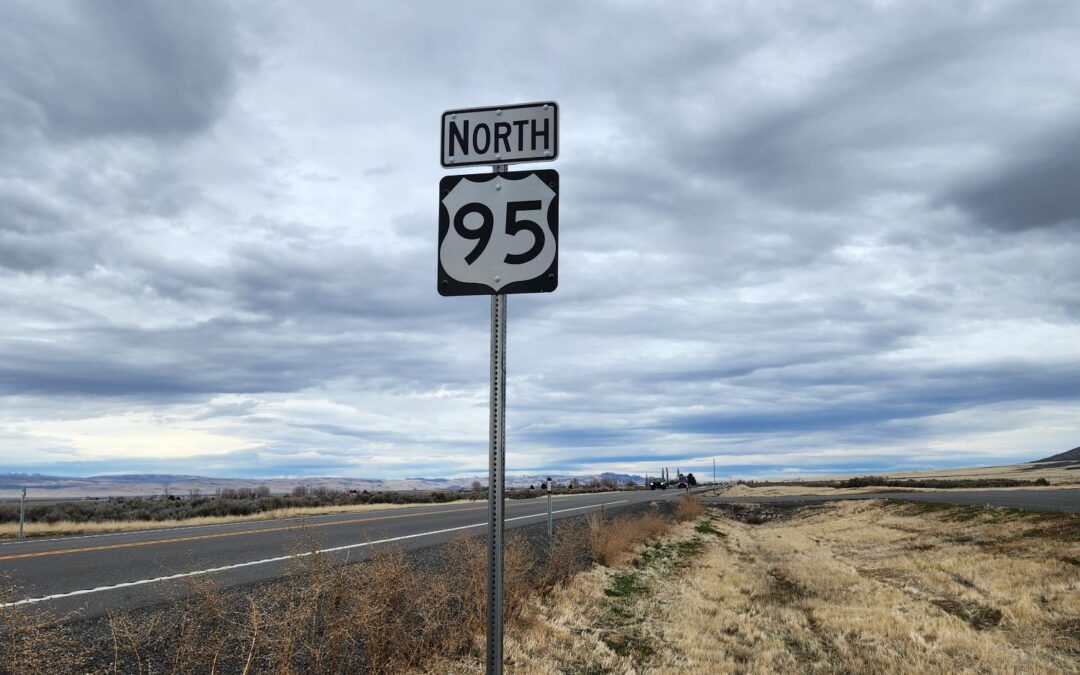Dry, barren and inhospitable, these are all qualities typically associated with deserts all over the globe.
Since the silk road times, deserts have presented many challenges for the humans trying to traverse them. Lack of water and resources are just a few of the issues to conquer when traveling though the desert.
In this blog we discuss the Great Basin Desert of North America and the unique characteristics of its individual climate.
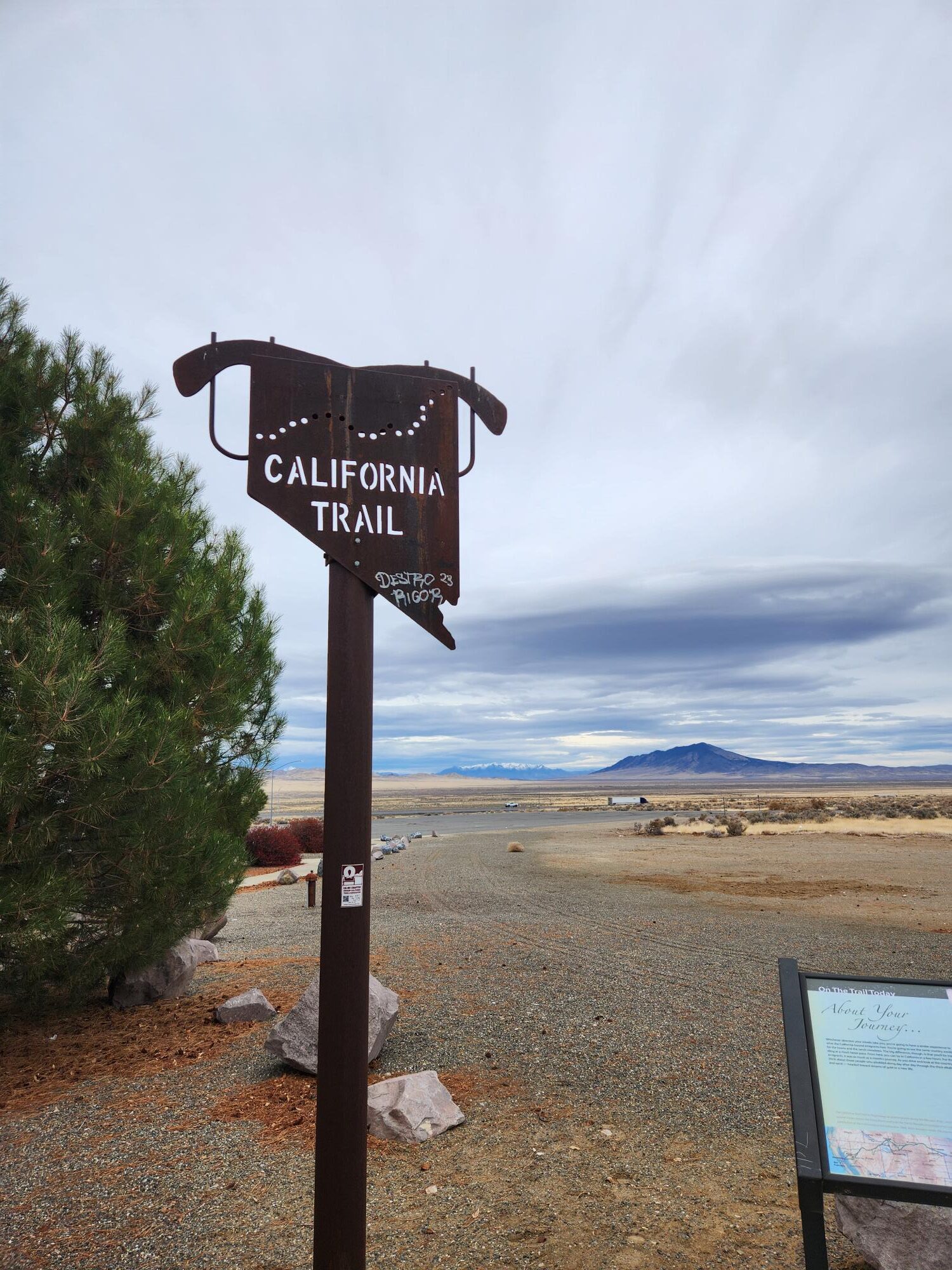
California Gold Rush Trail
During the California gold rush there was a craze to head for the unknown region called California. To access this far away land many would have to cross the Great Basin Desert to get to the Sierra Nevada (Snowy Mountains) on the other side. This was a major ordeal that would test the pioneers to their core. A journey of months, it would claim many lives along the way.
The Great Basin Desert is a vast territory in southwest of North America. It is the most northern desert in the contiguous United States and is characterized by its sage brush and mountains. Here, lakes are highly alkaline due to the lack of rivers and outlets to the ocean. Water is a rare commodity and there are no water sources that can be used for travel.
Being on the eastern side of the Cascade and Sierra mountains, the desert experiences a rain shadow effect which largely blocks a lot of the moisture coming off the Pacific Ocean. This creates the dry and arid environment that is characterized by the desert. The rain shadow is caused by the high mountains of the Cascades and Sierras which trap and block moisture from traveling over the range. However, the desert tends to experience cold winters with snow falling in many areas and hot, dry summers with minimal rain.
Within the desert are many volcanoes of different types. Some of these are extinct, others are dormant with potentially active ones as well. The region has many distinct rock formations that are formed through the specific climate conditions of the desert. The Columbia plateau was created by basalt lava flows from volcanoes in Idaho. These basalt lava flows travel hundreds of miles creating canyons, gorges and formations which have become defining features of the Great Basin.
Geographically speaking, the Great Basin Desert covers many States. Washington, Oregon, California, Nevada, Utah, Wyoming and Idaho. The majority of the Great Basin Desert is located in the state of Nevada. Nevada is known for its desert landscapes and is also home to the Mojave Desert further south in places such as Las Vegas.
The Great Basin Desert is surrounded by mountain ranges all around it such as the Cascades, Sierras, Columbia Plateau and Rocky Mountains as well as many sub ranges that form the structure of the Great Basin. These various mountain ranges form a basin which gives this desert a unique setting. There are many mountains within the desert and they play a huge role in the economy of the region. A lot of these are extinct volcanoes from long ago and contain precious minerals that are extracted through mining operations.
Mining in the Great Basin is a hard undertaking due to the extremes of the desert environment. Gold, silver, lithium, copper and other metals can be found in various regions throughout the Great Basin. The state of Nevada is known as the silver state for all the silver that can be found throughout the desert. Up in northern Nevada, the Mcdermitt Caldera is an extinct volcanic range that contains clay rich with Lithium. One of the world’s biggest deposits has been the subject of much attention in recent years.
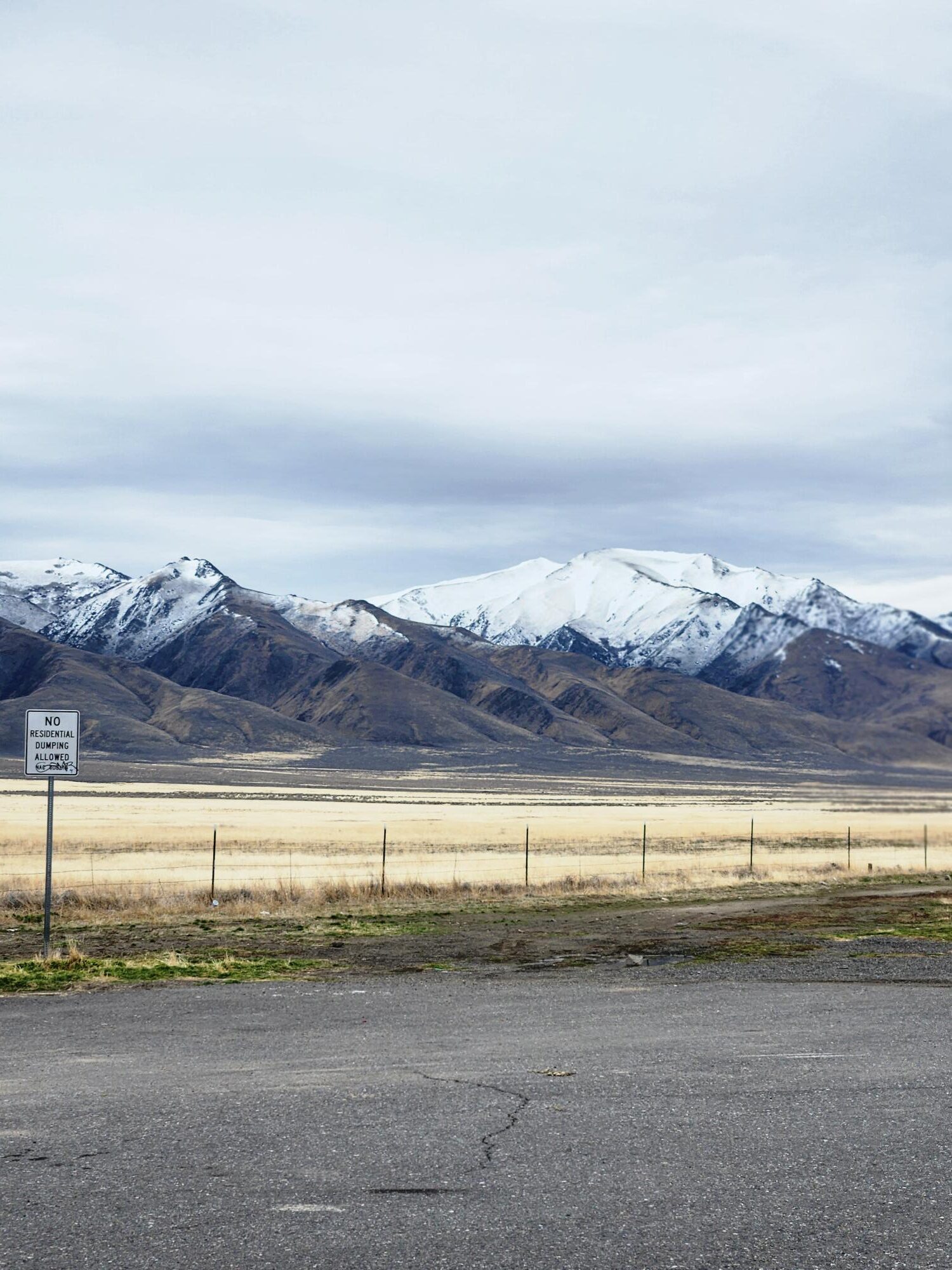
Mountains In The Great Basin
Gold mining has also been conducted in the great basin, Virginia City in Nevada is famous for the Comstock Lode, a huge gold and silver deposit discovered in the Carson Mountains. There are also many gold mines in the various mountain ranges throughout the desert. Hard rock and placer gold can be found by a keen prospector looking to strike it rich.
The challenges of mining in the desert are many, it is a formidable environment which can cause many problems if ill-prepared. During the days in summer traveling is dangerous and quite difficult. Pioneers on the California Gold Rush Trail would avoid traveling during the day due to the extreme temperatures. The water here is poison and cannot be drunk due to its highly alkaline content. Therefore, traveling in the region is very dangerous due to lack of water and the potential for dehydration. It was a major problem for prospectors, miners and pioneers who had to traverse the desert on foot.
When traveling through the desert another factor to contend with is the vast expanse of nothing in which you encounter. Mountains that look close are actually much further than one may perceive. During the pioneer days, people would typically be able to cross a valley per day. Today when driving it can be a mere hour to clear a valley between two mountain ranges. But back in the 1800s this journey would’ve taken months to complete. This is were problems with resources and supplies would happen. The journey was brutal and claimed the lives of many people and animals due to the shear brutality of the environment.
In the Great Basin Desert there are few towns or cities, amenities are sparse and there is nothing for hundreds of miles in parts. The region has a rich history of mining and transportation which continues to this day. When traveling there can be entire sections with nothing but sage brush. Its hard to track distance and things are always further away than they seem. Weather patterns can be seen for miles and it is an experience that is unique to the desert environment.
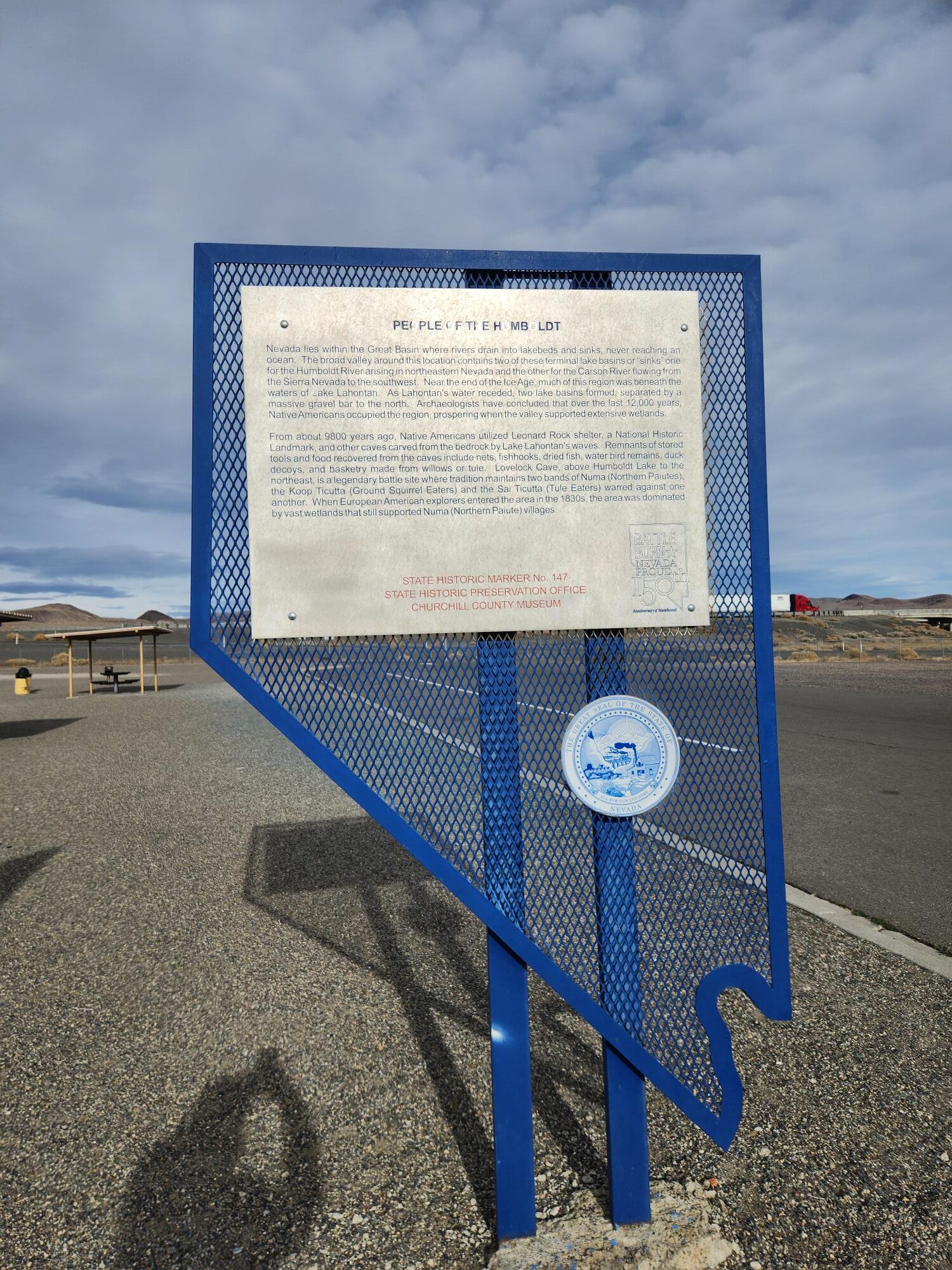
Nevada Historical Marker
Within the desert are many famous volcanoes such as the Newberry Volcano. The volcano is an active stratovolcano that has many fascinating places to explore. Lava tubes and caves are scattered all over and tell the story of a violent past of geologic activity. There are many cinder cones around and the city of Bend Oregon has an extinct volcano located within the city. Exploring lava caves gives you an interesting look at the geology of the desert.
The High Desert Museum located just south of Bend is a great place to stop and learn more about the Great Basin Desert. It has many exhibits on various aspects of the desert and provides a context for all that happened in this amazing region of North America
Remoteness is common within the desert but there are a few cities and towns of not which have a character onto themselves. Places such as Bend, Carson City and Reno are big cities with growing populations. Small towns such as Winnemucca, Burns and others are scattered throughout the desert with large stretches between them.
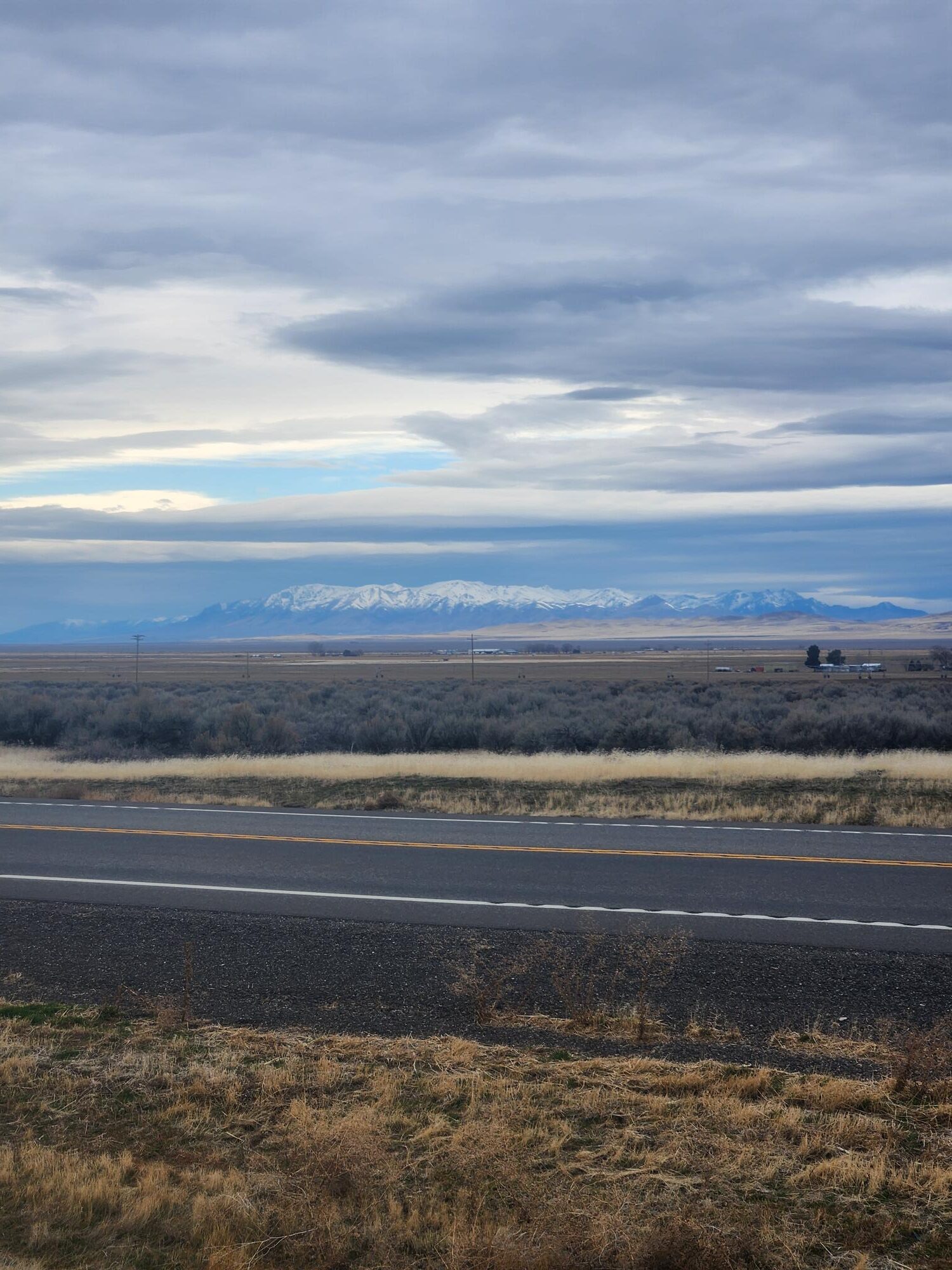
The Great Basin Desert
Hotsprings are all over the Great Basin and there are many places you can stop to enjoy them. Carson City has hotsprings as well Crane Hotsprings in Oregon. These are just a couple of the many hot springs that can be found throughout the desert. Some are natural springs and others are commercially developed and take form in pools and spas. The geothermal activity below the desert floor is responsible for the creation of the many hotsprings.
There are smaller deserts located within the Great Basin Desert. These are typically dried up lake beds that evaporated a long time ago and left behind a playa. This dried up lake bed creates a flat surface that is unique. The Alvord and Black Rock Deserts are examples of these dried-up lakes within the Great Basin Desert.
The Great Basin is a place of extremes and is filled with many beautiful places that are unique to it. Within this desert are many ghost towns and places to explore that tell a fascinating story of endurance, adventure and curiosity.
Traveling on a road trip is a great way to see the desert and the many environments that it offers. Mountains, hotsprings, mines, ghost towns and unique flora are just some of the things that you can see when in the Great Basin Desert.
I highly recommend a trip to explore the Great Basin, there is so much to see and explore that you will always be on the edge of your seat looking for that next adventure!
